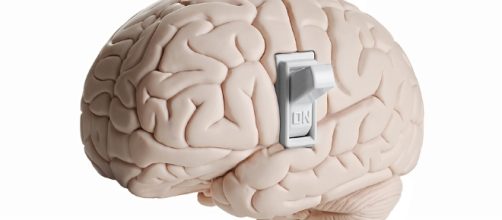In a research paper published in Nature titled ''Metabotropic action of postsynaptic kainate receptors triggers hippocampal long-term potentiation," the researchers have discovered a brand new mechanism in which the neurons of the brain send and receive information and connect with each other, this mechanism could help scientists develop better cures for neurological disorders.
How it works
The main idea behind the brain is ''processing information’’; it either receives information as input or gives out information as output. How these known (and unknown) mechanical mechanisms produce the subjective experience of consciousness is still a mystery.
The brain processes information using signals moving in and out of the nerve cells ''neurons," there are about 100 billion neurons in the human brain, and each neuron makes about 10,000 connections.
The process performed by the neuron sending and receiving information is a process that could be weakened or strengthened by other biological factors. For example, each neuron has ''gates'' on its surface allowing it to receive information from the outside, the more information sent and received in the brain the better it becomes at storing and transmitting information, the better we become at thinking and memorizing. The less information processed in the brain, the less efficient it becomes.
LTP mechanism
One of the best-known mechanisms for increasing the processing capacity of the brain is the so-called ''Long-term potentiation'' or LTP, this mechanism works by either widening the channels (gates) on the surface of the neuron to be able to receive more information from outside, or it works by introducing brand new channels to the surface of the neuron.
The LTP is essential to the brain's health, too much LTP could be harmful and could cause something like epilepsy, too little LTP could also be detrimental and could cause something like Alzheimer disease.
Another mechanism
The tool which LTP uses to enhance information processing in the brain is a receptor protein called N-methyl-D-aspartate receptor (also known as the NMDA receptor or NMDAR.
But the new research published in Nature discovered that the LTP mechanism works ''also'' using a genuinely different receptor called the Kainate receptor, which is an unexpected discovery for a totally novel way the brain uses to enhance its processing abilities.
Conclusion
This is an excellent step in understanding the unknown mechanisms inside the human brain. The more we understand the brain, the better we become at curing its diseases and changing the lives of so many people.

